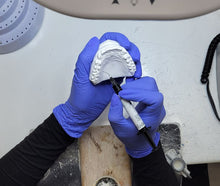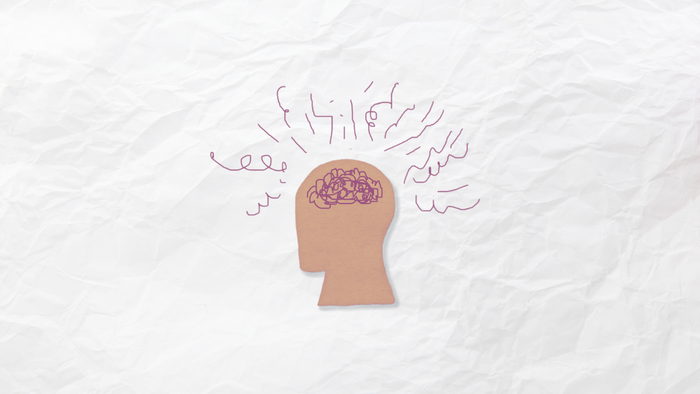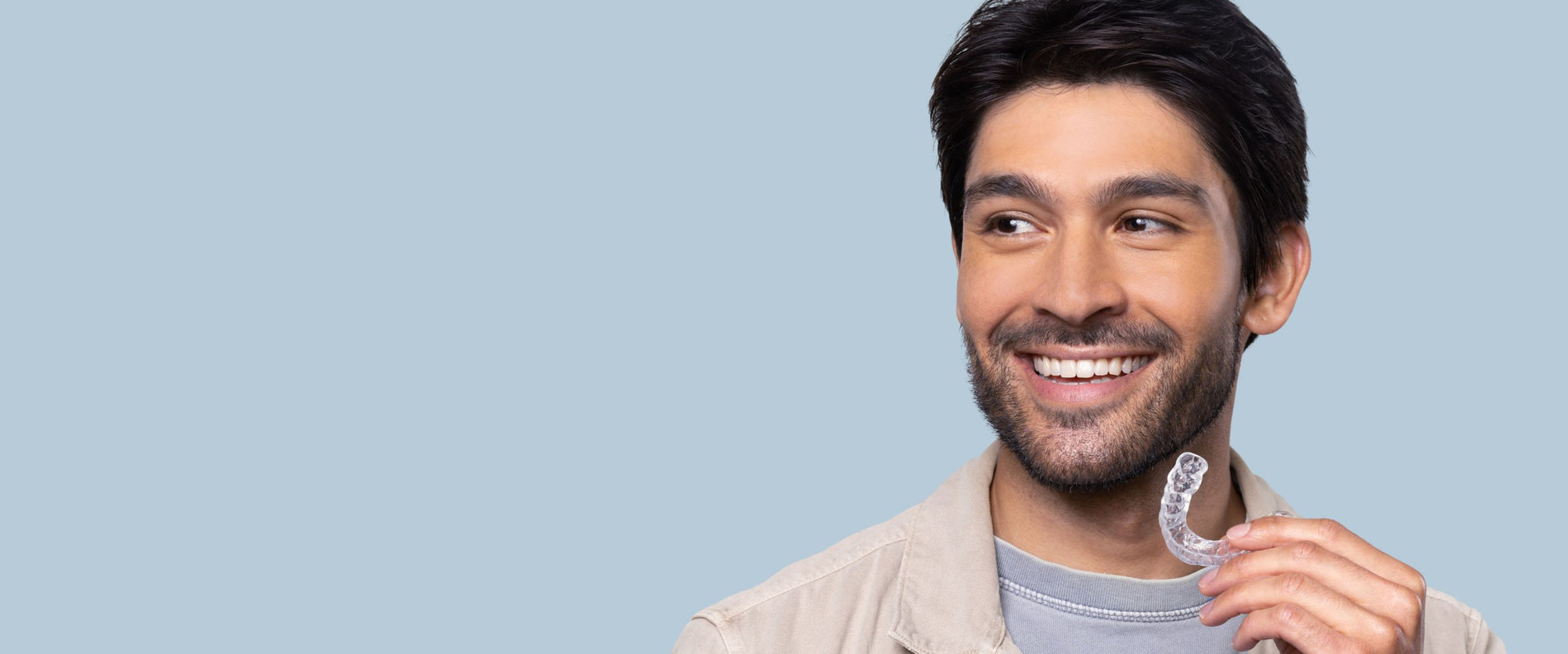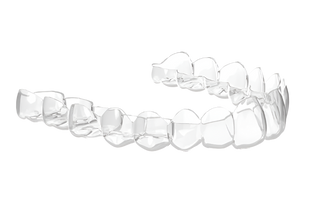You've probably heard of botulinum toxin, more commonly known as Botox, for the prevention and reduction of facial wrinkles, but did you know Botox can also be used as a treatment to reduce the frequency of teeth grinding, bruxism, and as a treatment for TMJ disorder? Read on to learn about how Botox can help to alleviate teeth clenching and teeth grinding, as well as reduce pain associated with TMJ disorders.
Bruxism vs Teeth Grinding: Same Thing?
If you've found this article, you probably have some familiarity with teeth grinding, but have you heard it referred to as bruxism? Fun fact: the term bruxism originates from the Greek word brychein, which is ‘to grind or gnash the teeth’.
While both teeth grinding and bruxism are used to describe the same thing, you will likely see bruxism used as the medical term. Bruxism largely describes the unconscious clenching of the teeth or jaw, especially during sleep.
Teeth grinding has been shown to be in part correlated with stress and anxiety. The unconscious gnashing of your teeth in and of itself can cause uncomfortable symptoms, but left untreated, teeth grinding may also lead to other conditions, such as TMJ disorder. Although many people find themselves grinding their teeth at some point in their life, there are luckily a variety of treatment options, even including Botox, that can be used to reduce pain and discomfort associated with bruxism.
How does Botox work?
 Botox is a neurotoxin derived from bacteria that works by preventing the release of acetylcholine, a neurotransmitter that is responsible for the contraction of muscles.
Botox is a neurotoxin derived from bacteria that works by preventing the release of acetylcholine, a neurotransmitter that is responsible for the contraction of muscles.
When Botox is injected in small amounts below the surface of the skin, chemical signals from nerves that cause muscle contraction are effectively blocked, thereby reducing fine lines and wrinkles.
Botox, an FDA-approved drug, is typically used for cosmetic purposes to improve the appearance of the skin, but studies have also shown the effectiveness of Botox injection as a treatment for teeth grinding.
How can Botox be used as a treatment for teeth grinding or bruxism?
Teeth grinding, or bruxism, occurs when the facial muscles used for chewing tighten and as a result, cause the clenching and grinding of the teeth. While night guards offer an excellent solution to teeth grinding, recent studies have shown Botox to be a viable solution for more severe bruxism and teeth grinding.
Similar to when Botox is used for cosmetic reasons, small amounts of Botox injected into the muscles responsible for teeth grinding (usually the masseter and temporalis muscles) will cause them to relax and subsequently reduce the number of teeth grinding episodes.
Can Botox help treat TMJ disorder?
 If you are one of the millions of people that suffer from bruxism and may have let your teeth grinding go on for a little too long, you may suffer from temporomandibular joint disorder, or TMJ disorder.
If you are one of the millions of people that suffer from bruxism and may have let your teeth grinding go on for a little too long, you may suffer from temporomandibular joint disorder, or TMJ disorder.
TMJ disorder results from strain of the temporomandibular joint and nearby muscles, often caused by untreated bruxism. Some symptoms of TMJ disorder are jaw tightness, jaw discomfort, headaches, and difficulty chewing. While symptoms of TMJ disorders may resolve on their own, traditional treatments include medications, non drug therapies such as mouth guards, or surgery.
Adding to the list of treatment options, a 2012 study found Botox to be an effective treatment for TMJ, with effects lasting three months after initial injection. Botox for TMJ disorder is typically recommended to be used in conjunction with other therapies such as night guards or physical therapy.
How can Botox be used as a treatment for TMJ disorder?
Like Botox treatment for other conditions, Botox used for TMJ disorder is a nonsurgical, outpatient procedure. As such, Botox presents as an alternative treatment for those with TMJ disorder for whom surgery carries major risks or for those who have not had success with other treatments.
Generally, there are at least three injection sessions over the course of several months where Botox will be injected into the masseter and temporalis muscles. In the same way that Botox works to reduce teeth grinding and the look of fine lines and wrinkles by relaxing facial muscles, the injection of Botox for TMJ disorders relaxes the muscles in the face to alleviate pain resulting from jaw tightness.
Research studies surrounding Botox for TMJ disorders are ongoing, but so far, research has found that Botox injections significantly decreased pain and improved jaw movement for those suffering from TMJ disorders.
When to consider Botox to Treat Teeth Grinding and TMJ
If you suffer from teeth grinding and/or TMJ disorder and find yourself out of treatment options or are just looking for a complementary treatment for your daily night guard use, Botox injections might be a good option for you. With research studies spanning from the late 1990s to present day, Botox injection for bruxism and TMJ disorders is becoming increasingly understood and used. Keep in mind that everyone’s experience with teeth grinding and TMJ disorder is unique, and so will each person’s treatment plan. If you feel as though you have not been able to find adequate relief for your discomfort, know that there may be additional treatments you have not heard of before. We’re here to keep you in the loop!








